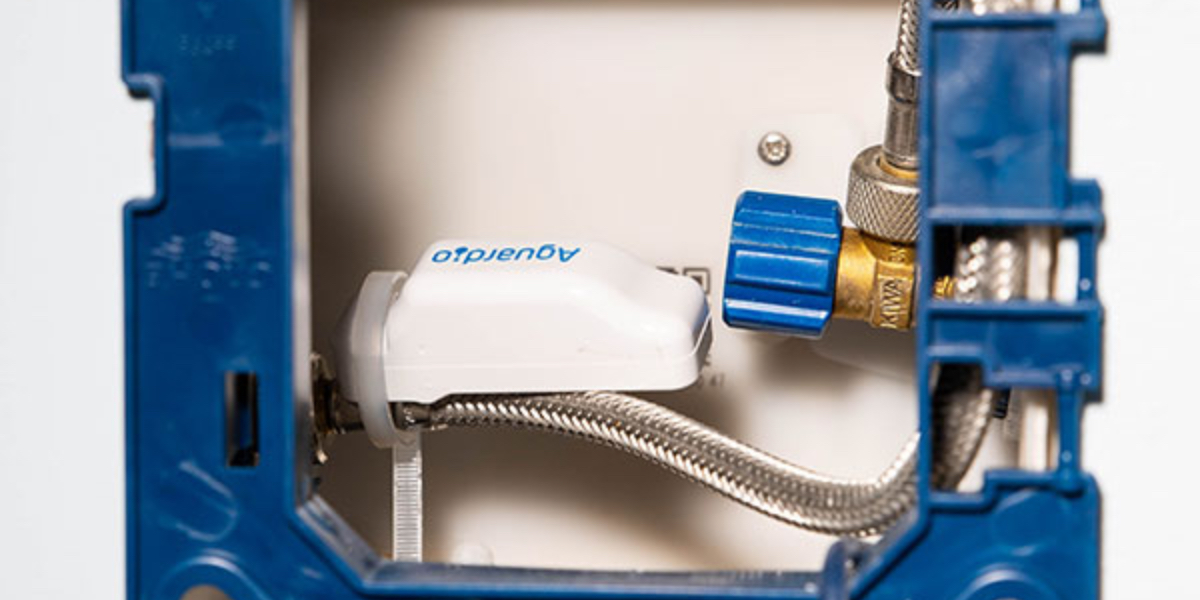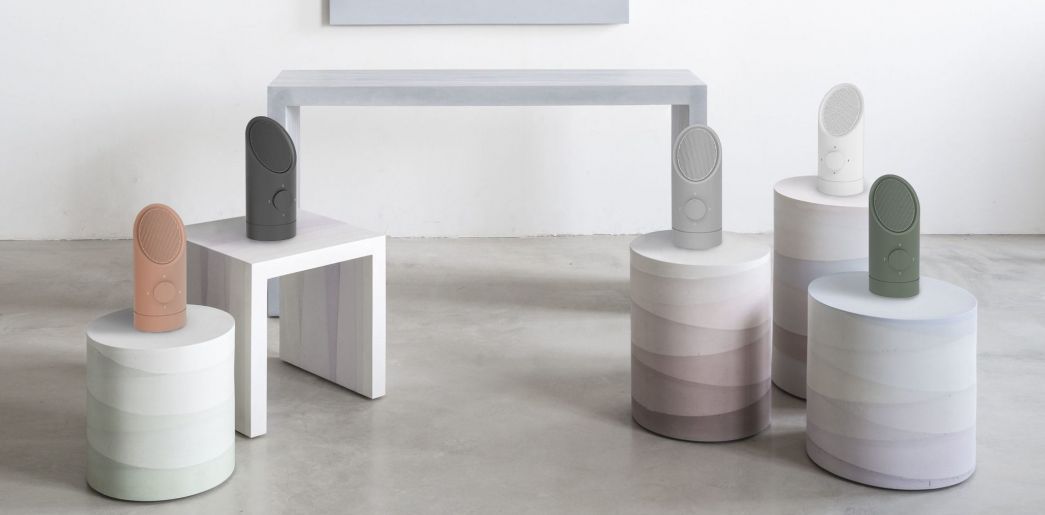AÑO
2023
CATEGORÍA
Hogar
OBJETIVOS
Agua limpia y saneamiento, Producción y consumo responsables
PAL. CLAVE
toilets, water saving, water saving tool, Plug-in
PAÍS
Denmark
CRÉDITOS
Aguardio
LINK
https://www.aguardio.com/leak-sensor/
The Leak Sensor
Saving money and environment with a leak detector for toilets
How does it work?
As a stand-alone unit, the leak sensor can detect a leaking toilet and will make a sound when it detects the leak. But the leak sensor is also compatible with Aguardio's G2 device as well. When the two units are paired, the leak sensor will notify either the facility manager, landlord or the tenant when there is a leak.
The installation process of the leak sensor is extremely easy, and will literally take less than a couple of minutes. No plumbing or professionals are required.
Why is it needed?
Water leakage in toilets is a problem not often properly assessed, which is a shame as it ends up costly not only for the environment but also for the people whose toilet is leaking. With around 5-8% of toilets in the UK leaking, this is a very real problem. Difficult to detect, but a problem that can cost typically €700 to €3,800 per toilet each year.
How does it improve life?
A leaking toilet can be difficult to detect, as the water trickles down the inner backside of the toilet pan. Although the problem might not be noticeable at first, it will definitely be noticeable when the water bill arrives.
In a story from the real world, a family in Denmark had a leak that wasn't detected for over 32 days. The leak ended up wasting around 283 m3 of clean water and around 14,933 DKK or €2,000. In this case, the family left the holiday home, with the flush button pressed down, leaving it constantly flushing.
Currently, the patent is pending on The Leak Sensor.





